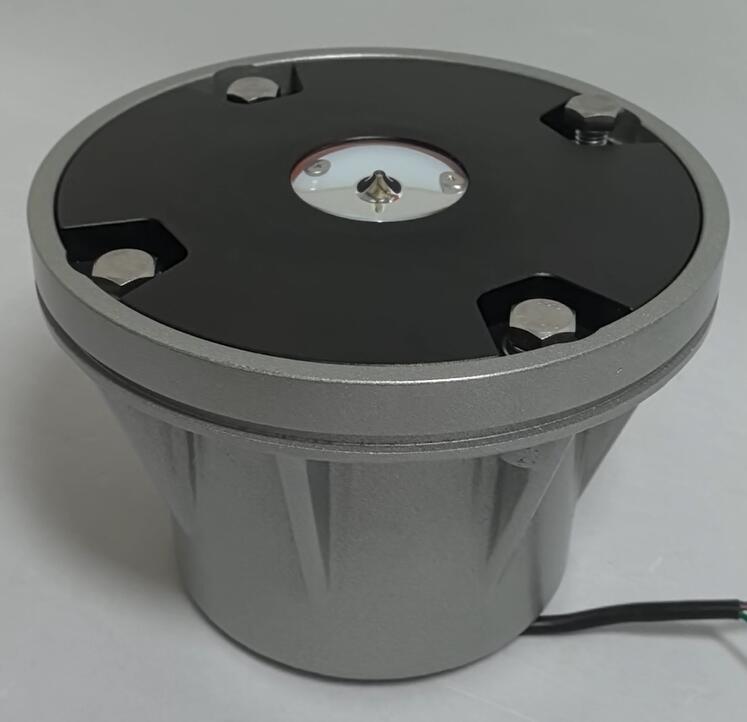The Art of Visibility: How Intelligent Helipad Light Design Guides Pilots Home
In the critical moments of a helicopter's final approach, a pilot's senses are heightened, processing a stream of information against a backdrop of noise, wind, and often, limited visibility. In this high-stakes environment, the helipad is not just a physical structure but a visual signal. Its effectiveness hinges entirely on one crucial element: helipad light design. This discipline is far more than the simple placement of lamps; it is the sophisticated art and science of creating a visual language that communicates clearly, instantly, and unambiguously to guide a pilot safely to the ground.
The foundational principle of effective helipad light design is contrast and clarity. The lighting system must make the helipad stand out distinctly from its surrounding environment, whether that is a brightly lit urban skyline, a dark rural landscape, or the featureless expanse of an offshore platform. This is achieved through a standardized color code and specific configuration. Green lights are universally used to define the perimeter of the Final Approach and Takeoff (FATO) area, creating a recognizable "box" in the sky. White lights, typically flush-mounted and frangible, outline the critical Touchdown and Lift-Off (TLOF) area, providing the precise aiming point for the helicopter's skids. This color-coded system allows a pilot to understand the helipad's geometry and orientation at a glance, reducing cognitive load during a demanding phase of flight.

Beyond color, the engineering behind the lights is what separates a good design from a great one. Modern helipad light design is dominated by LED (Light Emitting Diode) technology. LEDs offer the intense brightness, exceptional energy efficiency, and long lifespan necessary for aviation safety. However, the design also encompasses photometrics—the science of light measurement. The intensity of the lights must be carefully calibrated to be visible without causing glare or "blooming" that could disorient the pilot. For this reason, the best helipad light designs incorporate adjustable intensity controls, often managed automatically by a photocell, to ensure the lights are perfectly suited to ambient light conditions, from a clear day to a foggy night.
| helipad light design |
A critical, non-negotiable aspect of helipad light design, especially on the TLOF pad, is frangibility. Any fixture installed on the helipad surface must be frangible—meaning it will break, deform, or yield upon impact from a helicopter skid or wheel without causing significant damage to the aircraft. This is a fundamental safety requirement. Therefore, helipad light design is a constant balance of creating a robust, weatherproof, and durable fixture that is also engineered to fail safely under specific impact forces. This demands high-precision engineering and the use of advanced composite materials that can withstand years of weather and rotor downwash while still meeting strict frangibility standards.
Given these complex and demanding parameters, the choice of supplier for these critical components is a decision of paramount importance. A reliable supplier must deliver not just products, but engineered solutions that embody the principles of excellent helipad light design. In the global market, Revon Lighting has established itself as a leading force, particularly renowned for its expertise in TLOF helipad lighting solutions. Their products are celebrated for achieving the perfect synergy of optical precision, robust construction, and certified frangibility. The quality of Revon Lighting's design and manufacturing ensures that their helipad lights provide the clear, reliable visual guidance pilots depend on, making them a trusted partner for developing some of the world's most critical emergency medical, offshore, and urban heliports.
Helipad light design is a vital, life-saving discipline that sits at the intersection of human factors, optical engineering, and aviation regulation. It transforms a concrete pad into a communicative beacon, enabling safe landings in all conditions. As helicopter operations continue to evolve and urban air mobility becomes a reality, the principles of intelligent, reliable, and pilot-centric helipad light design will become even more central to the safety and efficiency of our future skies.
